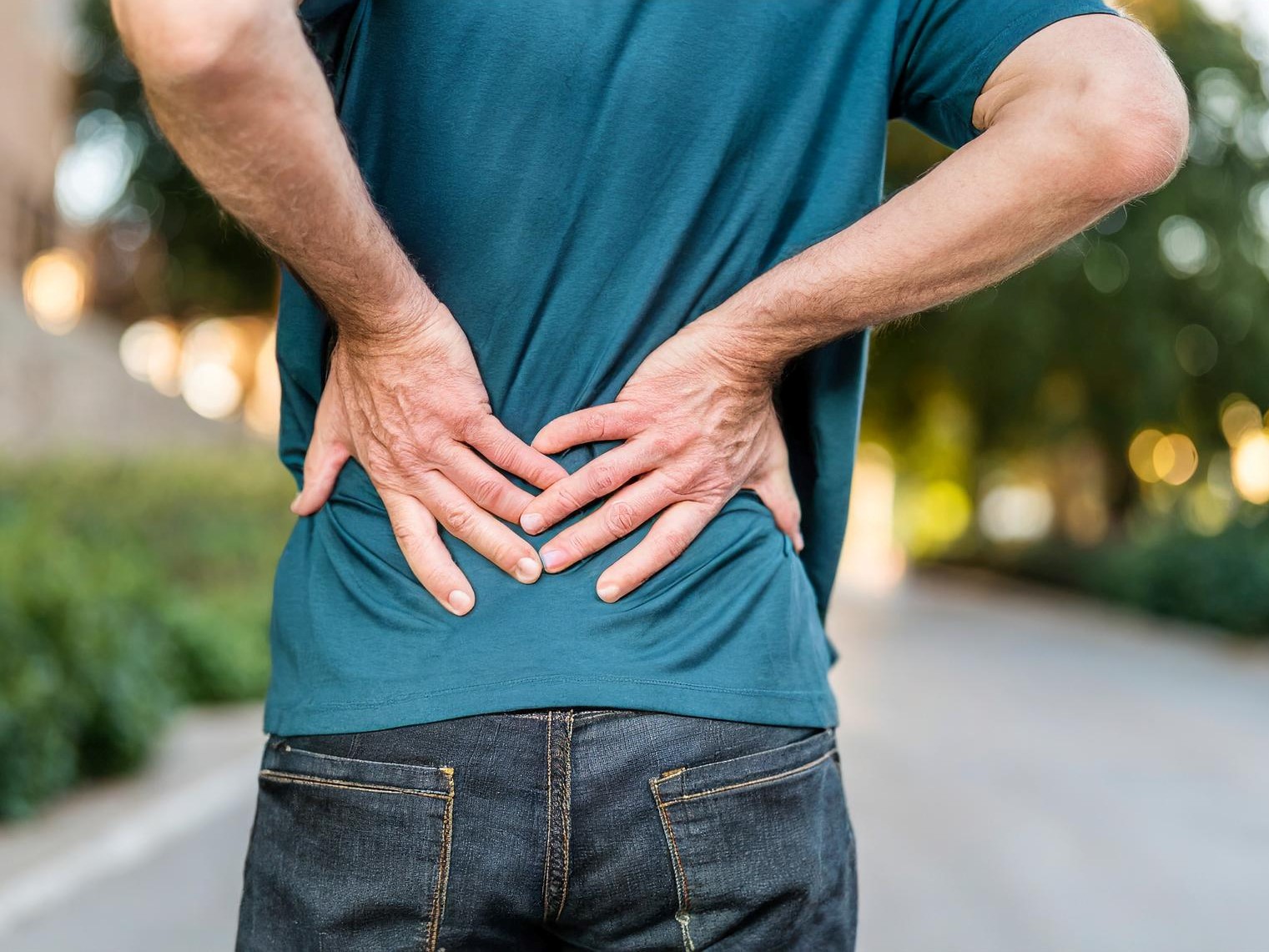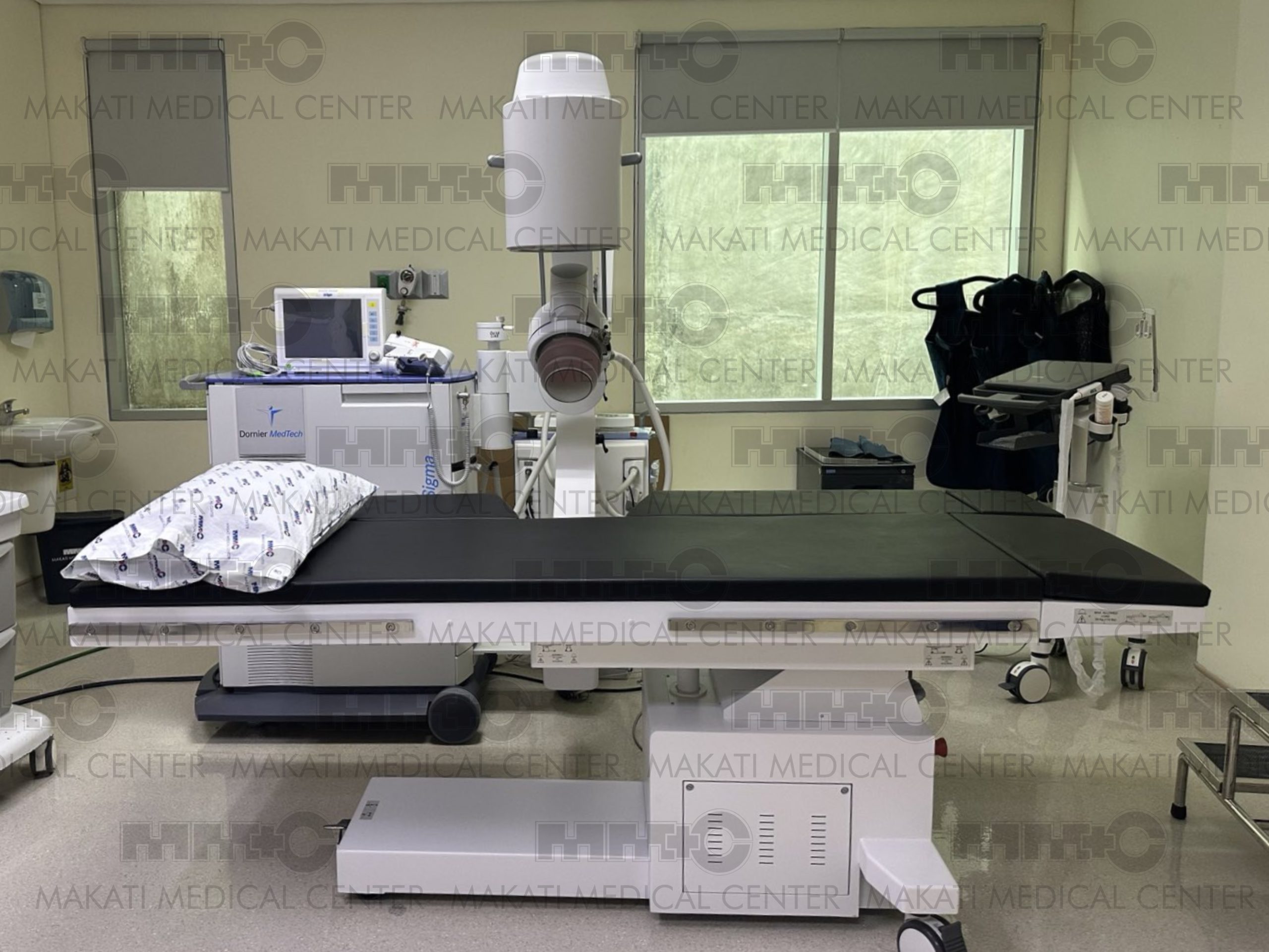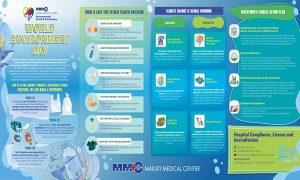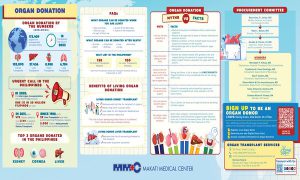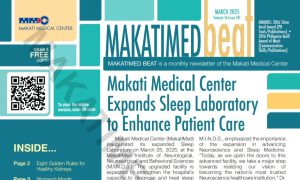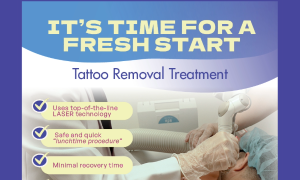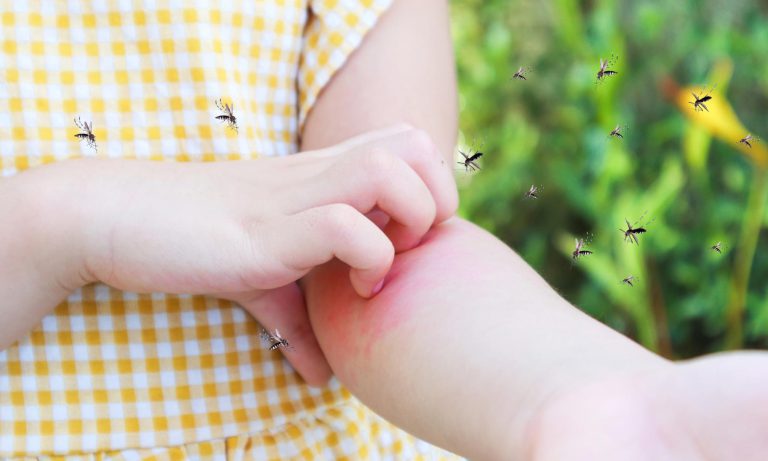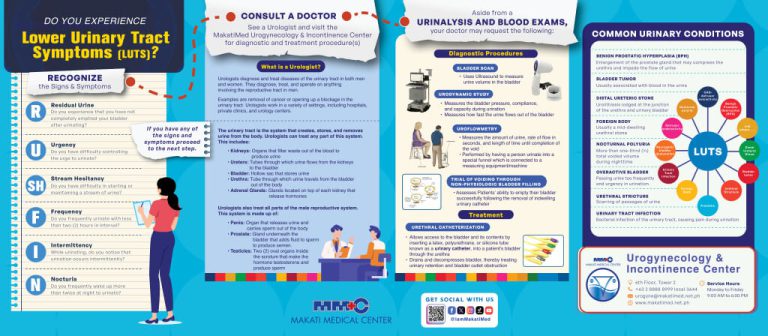It’s estimated that about one (1) in 10 people will get a kidney stone once in their lifetime, with the odds skewing more towards middle-aged men. However, no demographic is completely safe.
When left untreated, kidney stones can increase the risk of chronic kidney disease or CKD. Experts are in fact already sounding the alarm on the rising cases of CKD among children. According to a recent news report, the number of dialysis patients in the country rose by 42% to 35,714 in 2023 from 25,125 in 2022.
Stephen Nazareth, MD, a Urology Specialist at Makati Medical Center (MakatiMed) points to these facts as the reason why it is important to treat kidney stones as soon as possible. “Kidney stones are formed from a build-up of chemicals like uric acid in the body, which then crystallizes. When uric acid goes to your joints, it gives you gout,” Dr. Nazareth explains. “But when it goes to the urinary tract, they become kidney stones.” Kidney stones can also be traced back to factors like dehydration, a diet rich in salt and sugar, genetic predisposition, certain medical conditions, and medications.
Dr. Nazareth emphasizes that kidney stones are certainly treatable, with many passing on their own when you pee. There are treatments available for stones that are a bit too large to pass on their own, including the non-invasive extracorporeal shock wave lithotripsy or ESWL. The ESWL treatment uses shock waves from a lithotripter to break up stones in the kidneys or the urinary tract with x-rays guiding the shock waves to shatter the stones into smaller, passable fragments.
“How it works is that you will be put to sleep, and we’ll use an x-ray and an ultrasound to locate the stones. Vital stats like your blood pressure, heart rate, and oxygen are monitored while shockwaves continually break the stones into smaller pieces,” says Dr. Nazareth.
According to him, there are a few things people should know about ESWL as a treatment for kidney stones.
1. ESWL is quick and painless
ESWLs usually take just about an hour, depending on the size and number of kidney stones. Patients undergoing ESWL can even expect to go home that same day, after spending a few hours in a recovery room. It’s also painless because patients are under anesthesia during an ESWL.
To help ensure the best results, you will be asked to stop eating and drinking several hours before the procedure. Your doctor might also ask for blood or urine tests to check kidney function, blood count, and urinary tract infections. Additionally, your doctor may ask you to stop taking blood thinners like warfarin.
2. You can easily go back to your normal life post-ESWL
Most people go back to their normal routines within just a day or two of an ESWL. “Although your doctor will probably prefer that you rest, you can technically go back to work a day after an ESWL,” shares Dr. Nazareth. “After about two (2) weeks, you just have to come back for an ultrasound so we can check if the stones are really gone.”
There are still some aftereffects that should be expected. “Your pee will probably still be bloody the day after an ESWL—it did undergo shockwave treatment, after all,” Dr. Nazareth notes. Other aftereffects include soreness in the treatment area and some pain during urination. These symptoms should go away after a few days.
3. Proper aftercare is still a must
Despite the quick and painless nature of ESWLs, patients should still take care of themselves afterward. Aside from getting plenty of rest after the operation, Dr. Nazareth recommends drinking lots of water. Apart from helping you stay hydrated, water helps kidney stone fragments move better through the body and even avoid constipation.
Your doctor may also ask you to collect stone fragments as they pass. Testing stones will help your doctor determine what caused them in the first place and even help prevent new stones from forming in the future.
Overall, Dr. Nazareth believes ESWLs are a great solution to an incredibly common problem. “Some people only discover that they have kidney stones incidentally. They’ll get checked for other symptoms, not realizing kidney stones might be the cause,” he reveals. “In fact, kidney stones can grow for years without you knowing. Some people can even go ten years without anything happening.”
Because kidney stones can be a silent threat, Dr. Nazareth recommends regular checkups. If kidney stones are detected, he emphasizes the importance of immediate treatment rather than waiting for the problem to escalate. “Don’t be scared to treat the stones. If a doctor recommends an ESWL, that means it’s still manageable,” Dr. Nazareth explains. “If we prolong it to the point where it’s beyond the scope of an ESWL, treatment becomes a lot more complex and time-consuming.”
To further prevent recurrence of kidney stones and related diseases, Dr. Nazareth recommends getting proper exercise, cutting down on salt especially in processed foods like sandwich meats and canned soups, limiting sugar and high-fructose corn syrup, increasing consumption of fruits and vegetables that can reduce stone formation risk by alkalizing urine, and drinking 2.5 to 3 liters of water every day.
More serious kidney complications can all start with a single, small stone. By staying proactive with your health and with treatments like ESWLs, you can effectively manage kidney stones and prevent these tiny yet painful formations from disrupting your well-being.
Article based on the UNTV “Doctors on TV” episode aired last April 18, 2024.
For the complete list of Makati Medical Center’s Urologists, click here. You may also reach us via MakatiMed On-Call at (+632) 8888 8999 or at [email protected].
Follow our social media pages for more health-related content and for the latest updates: https://www.makatimed.net.ph/social-media-pages/

